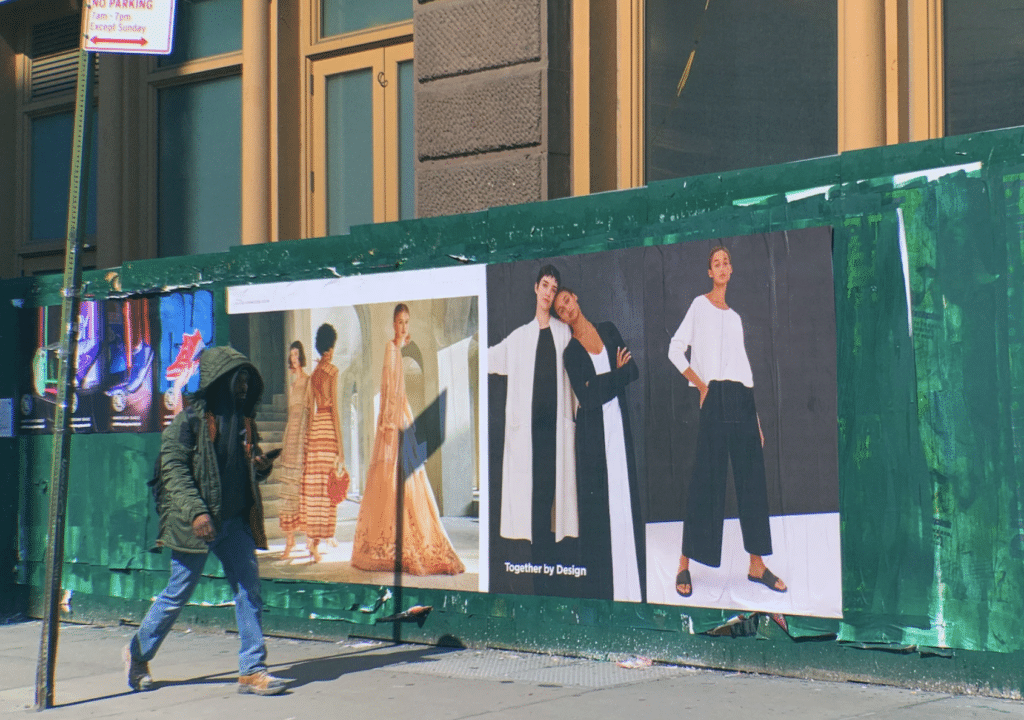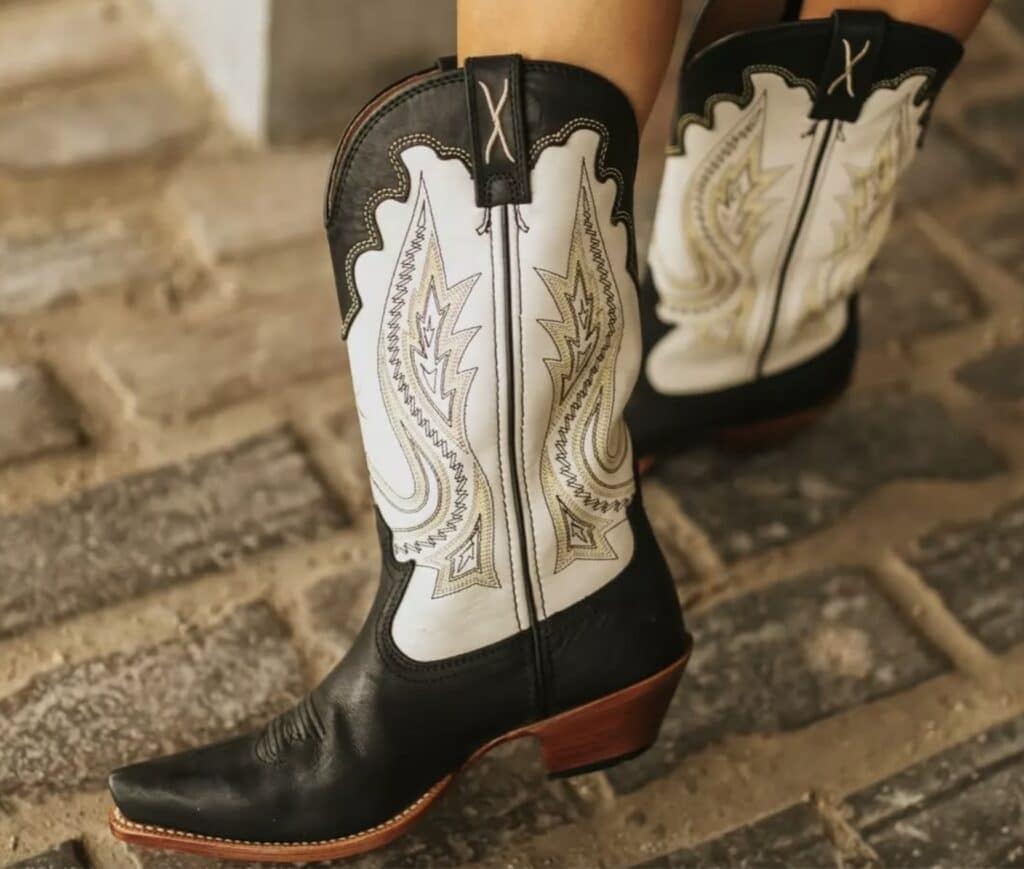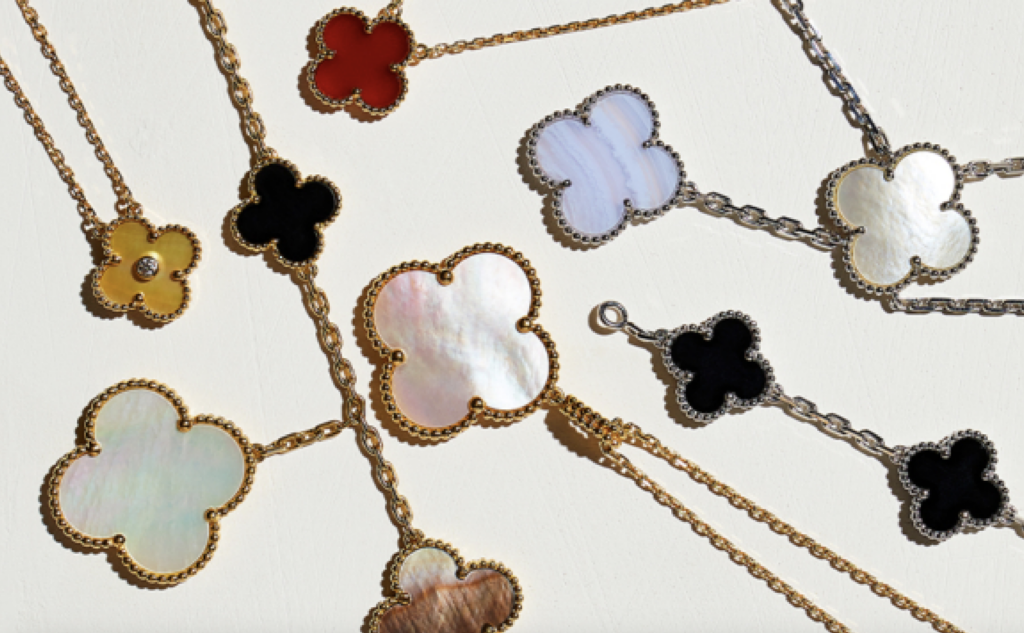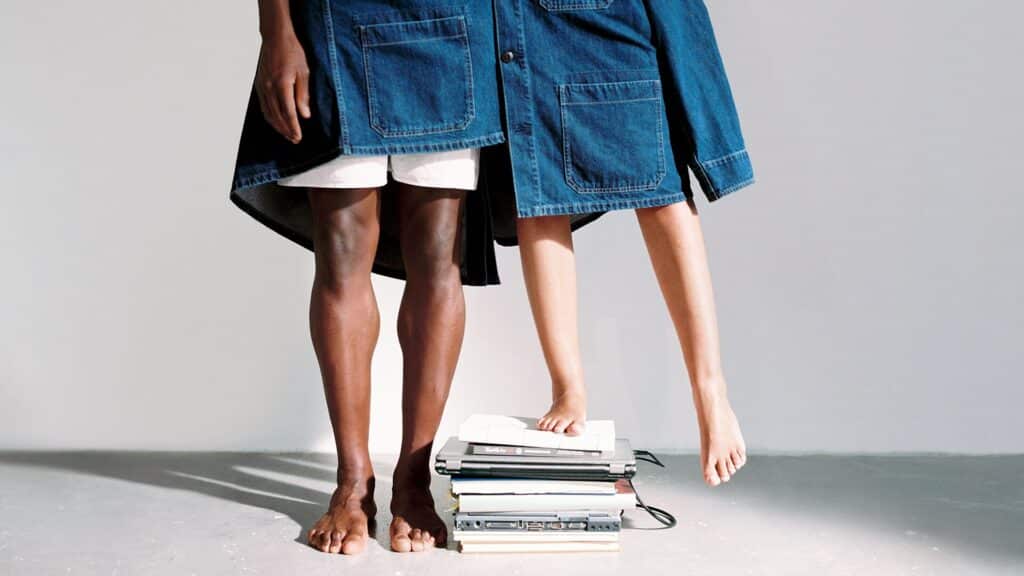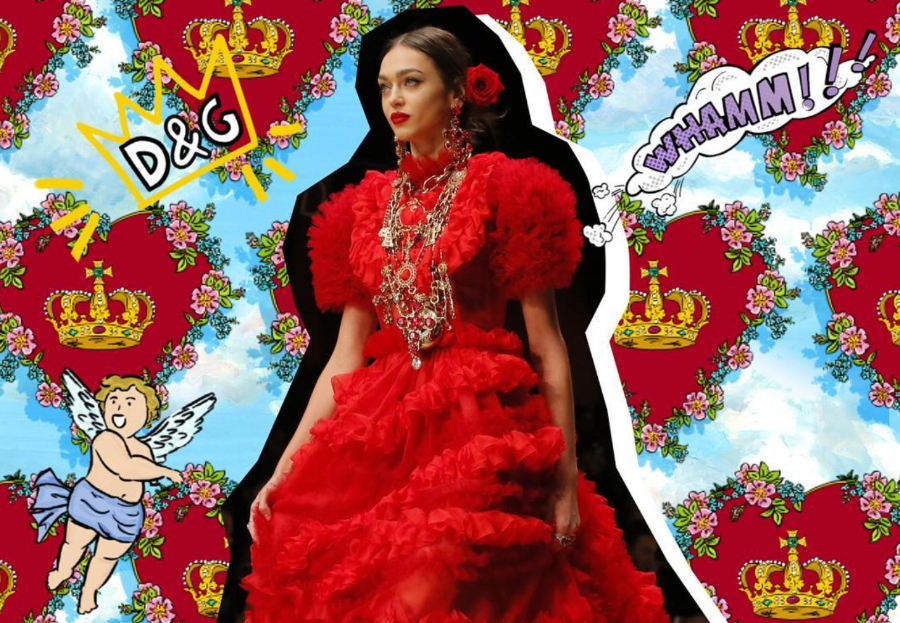
image: D&G
Just 14 hours before presenting their Fall-Winter 2018 womenswear collection dubbed “Secrets & Diamonds,” Domenico Dolce and Stefano Gabbana hosted a glitzy, eveningwear-only presentation. Among the models in attendance: Lady Kitty Spencer, Viscountess Emma Weymouth and Maddi Waterhouse, the younger sister to actress Suki. Unfamiliar with these names? Dolce and Gabbana do not mind, the house’s 50-something-year old co-founders; each of the girls boasts scores of dedicated Instagram followers.
As indicated by the party’s attendees and the youthful front row the following day (note: the front row was devoid of many critics, as D&G banned journalists from the New York Times, WWD, BoF, Vogue Italia, etc., for writing bad reviews), as well as its advertisements (Rafferty Law, Cameron Dallas, Austin Mahone, Christian Combs and Brandon Thomas Lee starred in a recent campaign) and the chaotic crowds of teens that huddle outside of its runway show venues to catch a sight (or a selfie!) with their favorite young social media stars, D&G is doing everything in its power to lock down the Gen Z market. The design duo has made it clear in recent years that “from the business point of view, [these younger consumers] shouldn’t be underestimated.”
But can such a strategy translate into revenue? And why is a luxury fashion house targeting an age group that cannot yet afford the majority of their products?
One potential answer reflects a phenomenon that is in no way new to the fashion industry: Aspirational, hyper-youth culture sells. It does not necessarily matter, after all, whether the long-time D&G client knows who Cameron Dallas is; influencers are creating a resurgence of clout around the brand, which makes its products covetable for both Dallas’s young female fan base and the brand’s devoted customers.
Another reason for the youth-focused commotion: Dolce and Gabbana, who jointly own their 33-year old privately held company, are in the business of “future-proofing.” While the older, more established consumer is more likely to shell out on $2,500+ dresses and $3,000 bags that read “All I Need is Love & Wi-Fi” (Do note, that bag is sold out), that does not mean the brand is not introducing younger shoppers to the brand – by way of more affordable goods, such as fragrances, eyewear and iPhone cases – and making fans for later in life.
How does a 33-year old Italian design house known for its pricey Amalfi-enticing vacation frocks tempt a millennial or better yet, a Gen-Z-er, though? By speaking their language, of course.
A recent article by the Financial Times’ Jo Ellison depicts Stefano Gabbana as a social media addict. Ellison writes, “Every day, he spends hours messaging his 1m Instagram followers and sharing posts of customers wearing the brand’s wares alongside videos of himself exercising or playing dress-up at work.”
Mr. Gabbana – who says he runs his personal account himself – is “following” a long list of young Internet royalty, from Lottie Moss, younger sister to Kate and Katherine Langford of Netflix’s 13 Reasons Why to the now-ubiquitous rapper Cardi B. The Instagram-aspect of his life, he says, is essential: “I work two to three hours a night answering Instagram comments — it’s my second or third or fourth job. People don’t expect me to answer them. But I love to hear what people think and then I decide whether to take on their comments or not.”
Interestingly enough, Mr. Gabbana has become known as an Instagram personality in his own right, with his fair share of social media controversy, whether it be firing back at Instagram users who shame him for dressing First Lady Melania Trump – Gabbana responded to comments in Italian, writing “vai a cagare,” which translates to “go to hell” – or having at it out with Miley Cyrus who called out the design duo for their “politics.” Perhaps he has seen first-hand the impact of Instagram relevance – for better or worse.
Judging by its bottom line, Dolce & Gabbana’s #relatable marketing seems to be paying off as a whole. The company reported a 9 percent increase in revenue for 2017, with earnings topping 1.3 billion euros. But millennials and Gen-Z-ers, who “represent the new generation of spectators” for Dolce and Gabbana, might have a different metric for gauging success: The morning after the show – which was jam-packed with Instagrammable moments, including tops that read “Fashion Sinner” and models in gilded crowns – the brand’s hashtag, #DGSecretsDiamonds, amassed over 500 Instagram posts.
* TESS GARCIA is a student at the University of Michigan. She is a freelance contributor at Teen Vogue, an intern at V Magazine, and Style Editor of the Michigan Daily.











